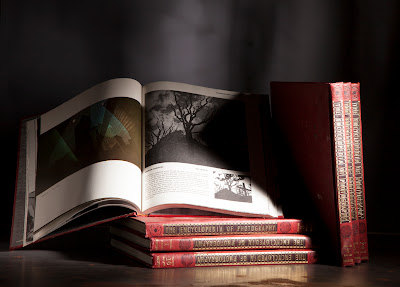Projects will be be evaluated along the following criteria:
- Project explores the subject in an exciting way
- Project is fully explored/realized
- Lighting design(s). Explore and demonstrate a variety of active/passive, contrast, direction, etc.
- Still life design(s)
- Technical skills (camera, photoshop, etc.)
- Prints
Plan to turn in:
- 6 strong, substantially different variations of your still life, jpeg 1200 pixel files
- 2 files, with photoshop layers showing adjustments, jpeg 1200 pixel files
- 3 high quality prints of strongest images, using an inkjet printer, with correct color management. These prints should be created from your full resolution master files, rather than the 1200 pixel screen files




